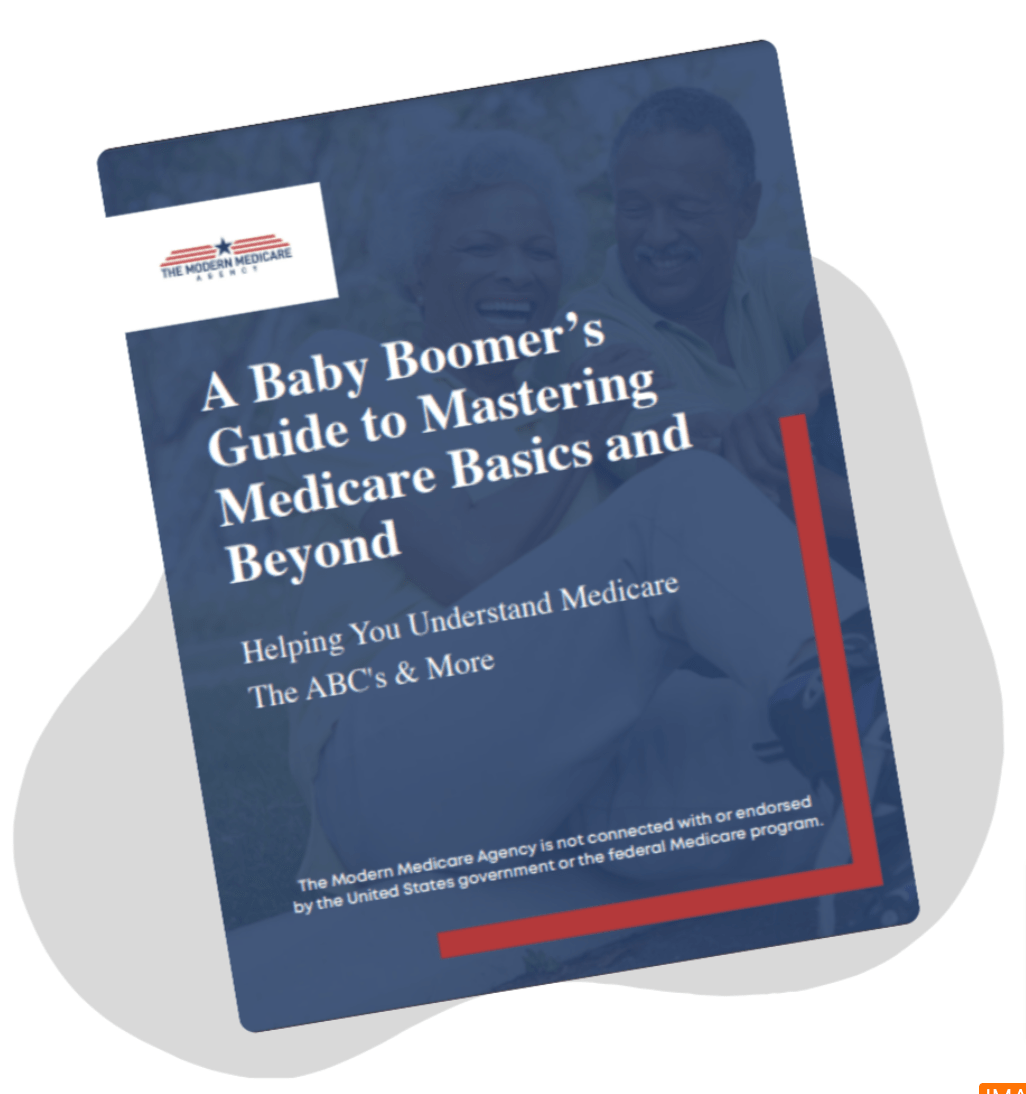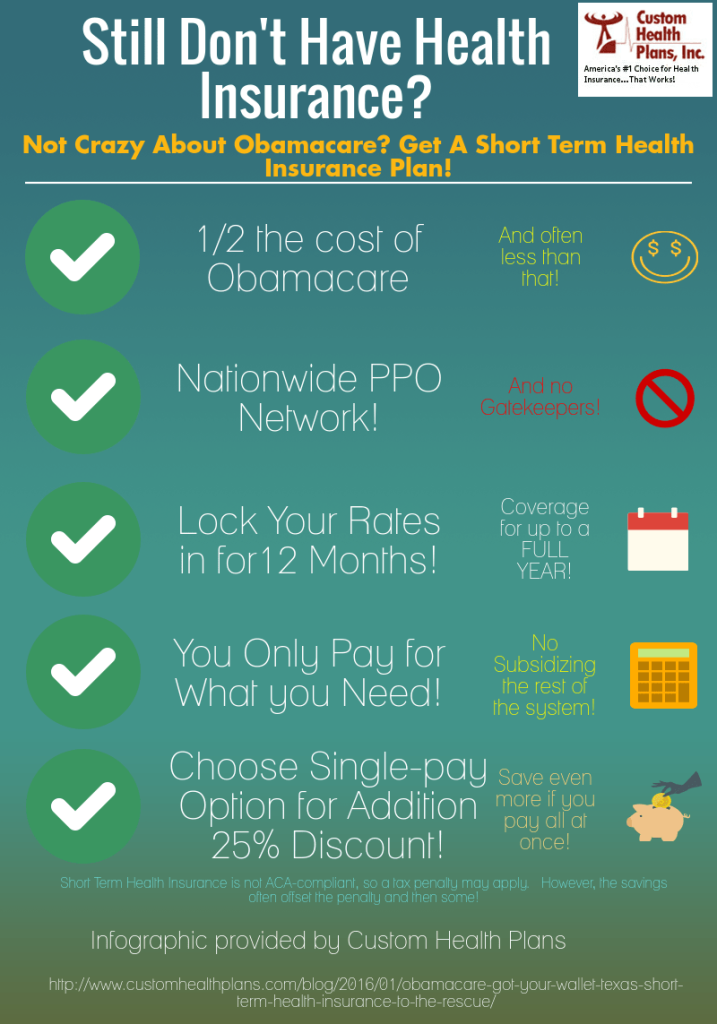Some Of Medicare Advantage Agent
The Best Guide To Medicare Advantage Agent
Table of ContentsThe Facts About Medicare Advantage Agent UncoveredSome Of Medicare Advantage AgentMedicare Advantage Agent - Questions
:max_bytes(150000):strip_icc()/coordination-of-benefits-1850523021ff453f8f4f2e19a99324ea.png)

follows from complies with the puzzling young fairly profile of the uninsured with without insurance better healthFar better health and wellness average, standard younger personsMore youthful For those without accessibility to office wellness insurance, poor wellness is a prospective barrier to acquiring nongroup coverage due to the fact that such insurance coverage might be highly priced, leave out pre-existing problems, or be simply unavailable. Unless otherwise kept in mind, nationwide estimates of individuals without health insurance coverage and percentages of the population with various kinds of coverage are based on the CPS, the most commonly utilized source of estimates of insurance policy protection and uninsurance rates.

The smart Trick of Medicare Advantage Agent That Nobody is Discussing
Over a three-year period beginning early in 1993, 72 million individuals, 29 percent of the united state populace, were without coverage for a minimum of one month. Within a solitary year(1994), 53 million individuals experienced at the very least a month without protection(Bennefield, 1998a). 6 out of every 10 uninsured adults are themselves utilized. Although functioning does boost the likelihood that a person and one's member of the family will have insurance coverage, it is not a warranty. Even participants of family members with two full time breadwinner have virtually a one-in-ten chance of being uninsured (9.1 percent without insurance rate)(Hoffman and Pohl, 2000 ). The partnership between medical insurance and accessibility to care is well developed, as documented later on in this chapter. Although the connection in between medical insurance and health and wellness end results is neither straight nor easy, an extensive clinical and health services research study literature web links health insurance policy coverage
to better accessibility to care, better high quality, and boosted personal and population health standing. The 2nd record, on individual health results for uninsured grownups, is stood for by the inner circle of the number, while the 3rd record, on family members wellness, includes the topics of the 2nd report yet highlights a different unit of evaluation, particularly, the family. The 6th record in the series will certainly offer information regarding methods and initiatives embarked on in your area, statewide, or nationally to address the absence of insurance coverage and its adverse influences. Levels of analysis for checking out the results of uninsurance. This discussion of medical insurance protection focuses primarily on the united state populace under age 65 since essentially all Americans 65 and older have Medicare or various other public coverage.
It concentrates particularly on those without any kind of wellness insurance for any length of time. The troubles faced by the underinsured remain in some aspects similar to those encountered by the without insurance, although they are normally less serious. Uninsurance and underinsurance, however, include definitely different plan issues, and the methods for resolving them may differ. Throughout this research and the five reports to comply with, the major focus is on persons without wellness insurance policy and therefore no support in paying for healthcare past what is offered via charity and safety net institutions. Medical insurance is a powerful variable affecting invoice of care due to the fact that both patients and doctors react to the out-of-pocket price of solutions. Medical insurance, however, is neither required neither adequate to get access to clinical services. However, the independent and straight effect of health and wellness
insurance protection on accessibility to health and wellness services is well established. Others will certainly get the healthcare they need also without health insurance policy, by spending for it expense or seeking it from service providers that supply treatment totally free or at highly subsidized rates. For still others, medical insurance alone does not guarantee receipt of treatment due to various other nonfinancial obstacles, such as a lack of health and wellness treatment suppliers in their neighborhood, restricted accessibility to transport, illiteracy, or linguistic and social distinctions. Formal research study about without insurance populaces in the United States dates to the late 1920s and early 1930s when the Board on the Cost of Treatment created a series of records about financing physician office gos to and hospitalizations. This problem ended up being salient as the varieties of medically indigent climbed up throughout the Great Depression. Empirical researches constantly support the web link between access to care and enhanced health end results(Bindman et al., 1995; Starfield, 1995 check over here ). Having a normal source of treatment can be taken into consideration a predictor of accessibility, instead than a straight procedure of it, when health end i thought about this results are themselves used as access indications. This expansion of the concept of access measurement was made by the IOM Board on Checking Gain Access To to Personal Healthcare Services(Millman, 1993, p. Whether parents are guaranteed appears to influence whether or not their youngsters receive treatment in addition to just how much careeven if the children themselves have protection(Hanson, 1998). The health of moms and dads can impact their capacity to care for their youngsters and the degree of family members tension. Stressing over their youngsters's accessibility to care is itself a resource of stress for moms and dads. 3 chapters comply with in this record. Phase 2 supplies a summary of just how employment-based medical insurance, public programs and private insurance policy plans operate and communicate to offer comprehensive yet insufficient insurance coverage of the U.S. populace. This consists of a testimonial of historic trends and public plans influencing both public and exclusive insurance, a conversation of the communications among the various sorts of insurance coverage, and an examination of why people relocate from one program to one more or finish up
